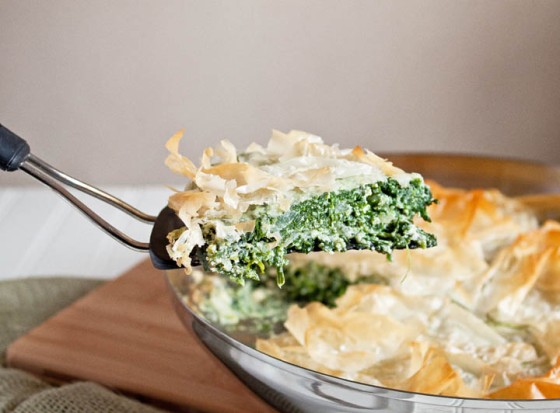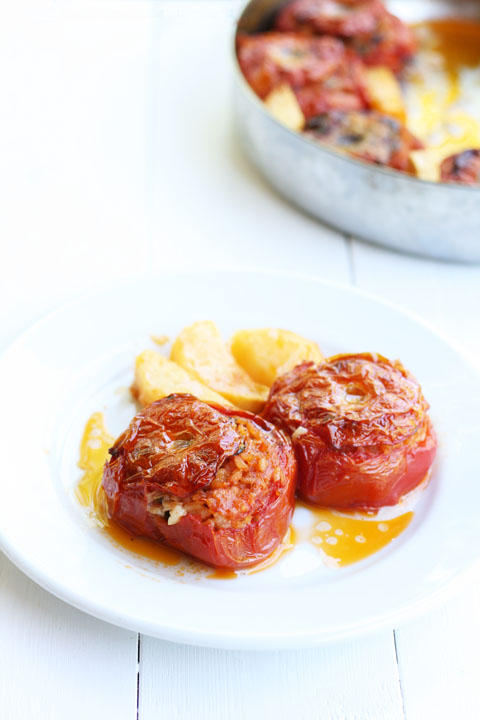
When a new baby is born, it is said that the infant needs to spend the first 40 days indoors in order for it to grow up healthy.
The same goes for the new mummy…
Yiayia’s Advice:
According to my yiayia, new mothers must stay indoors for 40 days after child birth. It is said that when a woman faces the world right after she has given birth, all nature will envy her.
The mountains, the sun and the sea envy her for being able to perform the miracle of life. The physical world looks at the new mother with such owe, so she needs to protect herself from the forces of all the energy.
The Evil Eye:
The Greeks call this the “Evil Eye” (to kako mati). The evil eye is not always evil. The mountains, the sun and the sky do not intend any harm for the new mother or child, but all that envy and energy can be overwhelming for a person.
How to be Protected from the Evil Eye:
- The mother and child should stay in the house for the first 40 days of the child’s life. When they finally make their first walk outside, both the mother and the child should wear a blue eye – that is a little blue bead hidden under the clothes to protect them from the evil eye.
- The Greeks also use a small talisman to warn off the evil eye. This is a little blue bead with a black dot inside of it, assembling an eye – the mati.
- Some people will hang a blue bead or a mati with their cross or other religious icons.
Superstition vs. Religion:
It is important to note that this old tradition, encouraged by our yiayia’s is not formally recognised by the Greek Orthodox Church. You will find the mati in almost every Greek home and pinned to the back of new born children but it is important to know that this is an act of superstition and not a practice of the Greek Orthodox Religion. The Church encourages the pinning of an icon or a religious pillow to a child rather than the mati. I will write more about this in a future post.
♦
Do You Wear a Mati to Protect You From the Evil Eye?
♦
Related Posts You Might Love:
 Ioanna Aggelidaki is the Social Media Manager and Contributor of the Greek Weddings and Traditions Blog.
Ioanna Aggelidaki is the Social Media Manager and Contributor of the Greek Weddings and Traditions Blog.
You can connect with Ioanna on Twitter, check her creative Cow Art and follow her blog, life portfolio.
Want to Learn More About Greek Weddings & Traditions?
Subscribe to the Blog and Follow Us:







 Share your cooking photos on Facebook, Twitter or Instagram.
Share your cooking photos on Facebook, Twitter or Instagram. 









